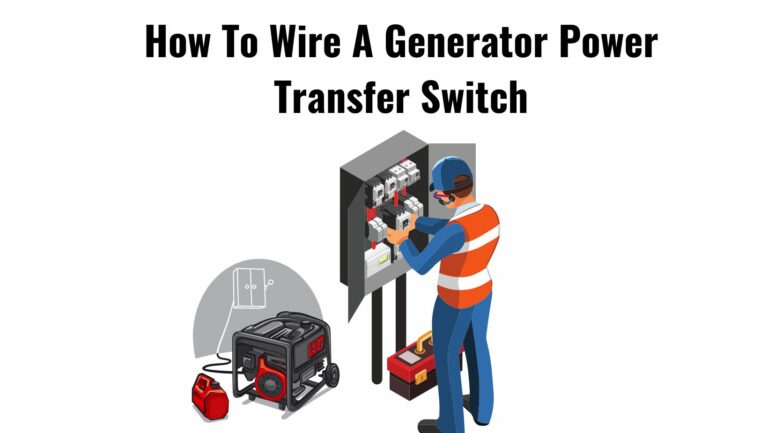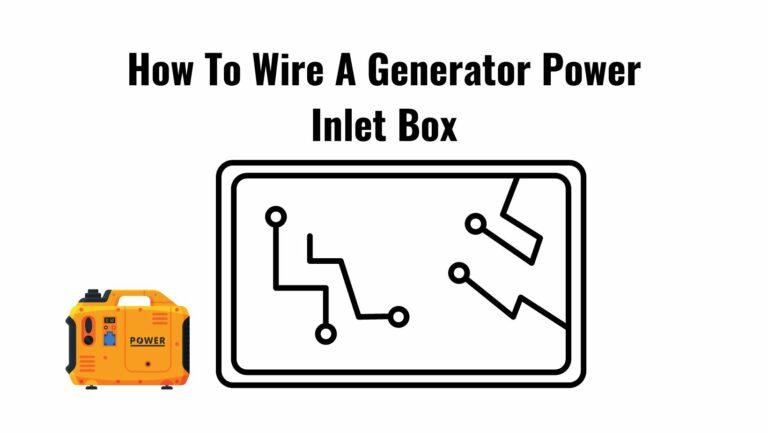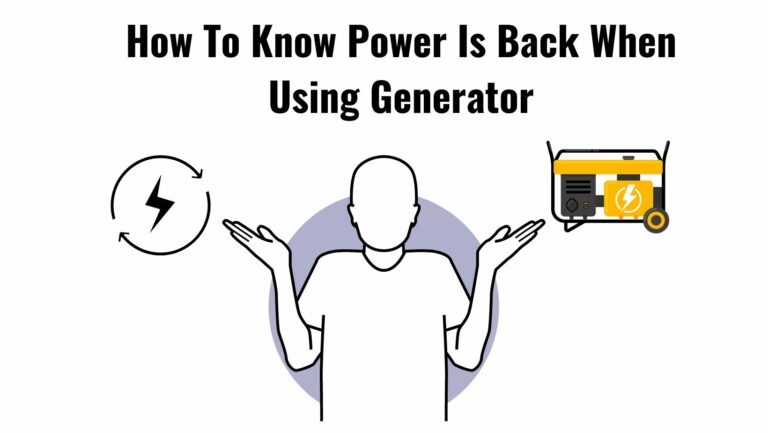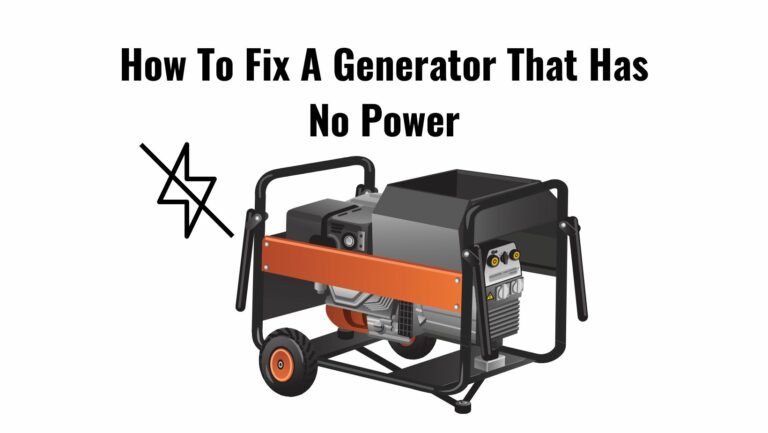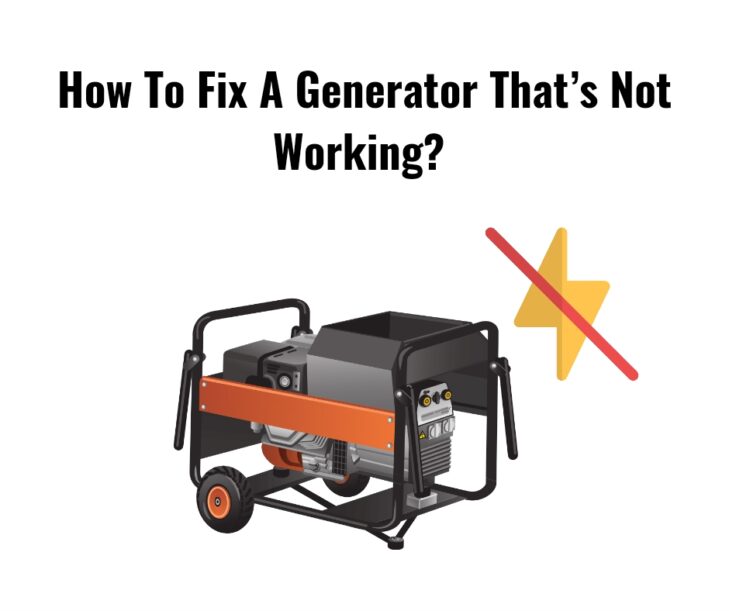
Generators are essential pieces of equipment that provide power in various settings, such as homes, businesses, and outdoor activities. They are designed to function as backup power sources in case of power outages or as a primary source of electricity in remote locations.
However, like all machines, generators can sometimes experience issues that limit their performance and effectiveness. One of the most common problems is the generator making no power.
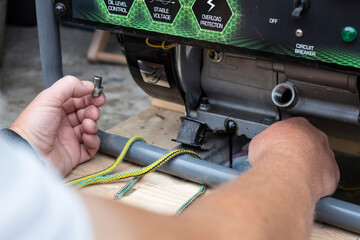
The importance of generators cannot be overstated, especially in emergency situations where power outages can be a real problem. They can keep essential appliances, such as refrigerators, running and provide a sense of normalcy during stressful times.
For businesses, power outages can result in lost revenue and productivity, which is why having a reliable generator is crucial. Outdoor enthusiasts also rely on generators for powering RVs, camping equipment, and other essential items while on the go.
In this blog post, we will discuss the common symptoms and causes of a generator that’s not working, as well as how to troubleshoot and fix the issue. Whether you’re a homeowner, business owner, or an outdoor enthusiast, this information will help you keep your generator running smoothly and provide the Power you need When you need it.
Symptoms of a generator that’s not working
When a generator is experiencing issues, it can be difficult to determine the root cause of the problem. However, there are some telltale signs that can indicate a no-power issue. Here are the most common symptoms of a generator that’s not working:
- Engine won’t start or run poorly – If the generator’s engine won’t start or is running poorly, it could be a sign of a fuel or oil problem. It could also indicate an issue with the spark plugs, air filter, or carburetor.
- No power output from the generator – If the generator is running but not producing power, it’s a clear indication that there’s an issue with the electrical system.
- Overloading of the generator – Overloading a generator can cause it to shut down, which can result in a no-power issue. This often happens when too many appliances or devices are plugged into the generator at once.
- Circuit breaker trips – A tripped circuit breaker can cause the generator to shut down, resulting in a no-power issue. This can happen if the generator is overloaded or if there’s a problem with the electrical system.
If you’re experiencing any of these symptoms with your generator, it’s important to troubleshoot the issue and find the root cause so you can fix it and get the power flowing again. In the next section, we’ll discuss how to troubleshoot a no-power generator.
Causes of A generator that’s not working
Generators are an essential tool for providing backup power in case of power outages. However, generators can sometimes experience problems, including the no-power issue. The generator that’s not working issue is when the generator doesn’t produce any power, even though the engine is running. In this section, we’ll discuss the various causes of a generator that’s not working.
Fuel and Oil Issues
Fuel and oil are the lifeblood of a generator’s engine. A lack of fuel or oil can cause the engine to stall or not start at all, resulting in no power output. A generator’s fuel tank may be empty or contain stale fuel that has gone bad. The oil level may be low, dirty, or contaminated. Checking the fuel and oil levels and ensuring they are at the correct levels can solve this problem.
Spark Plug Problems
Spark plugs play an essential role in the operation of a generator’s engine. If the spark plugs are worn or damaged, the engine may not start or run smoothly, leading to a no-power situation. Checking the spark plugs and replacing them if necessary can help solve this problem.
Electrical System Issues
A generator’s electrical system is responsible for producing the power that is outputted. If there is a problem with the electrical system, the generator will not produce any power. Issues with the electrical system can range from a faulty alternator or voltage regulator to a damaged wiring harness. Examining the electrical system and fixing any problems can help solve this issue.
Carburetor Problems
The carburetor is responsible for mixing fuel and air in the correct proportions to power the engine. If the carburetor is dirty or clogged, the engine may not run properly, resulting in a no-power situation. Cleaning or replacing the carburetor can help solve this issue.
Air Filter Issues
The air filter helps to protect the engine by removing dust and debris from the air that is entering the engine. If the air filter is dirty or clogged, it can restrict the flow of air to the engine, causing it to run poorly and leading to a no-power situation. Replacing the air filter can help solve this issue.
However, there are several causes of no-power generators, including fuel and oil issues, spark plug problems, electrical system issues, carburetor problems, and air filter issues. By understanding these causes and taking the necessary steps to address them, you can ensure that your generator is running smoothly and providing the power you need.
How to Troubleshoot a generator that’s not working
Generators can be a lifesaver in power outages or when camping, but they can be frustrating when they fail to work properly. One common problem is the generator that’s not working, which can be caused by various factors. In this section, we’ll explore how to troubleshoot this problem by checking the fuel and oil levels, testing the spark plugs, examining the electrical system, cleaning or replacing the carburetor, and replacing the air filter.
Checking the fuel and oil levels
A generator that makes no power may be due to a lack of fuel or oil. Before attempting any other troubleshooting steps, check the fuel and oil levels. If the fuel tank is empty, fill it with the recommended type of fuel. If the oil level is low, add the recommended type of oil to the engine.
Testing the spark plugs
Another potential cause of a no-power generator is a problem with the spark plugs. The spark plugs are responsible for igniting the fuel in the engine. To test the spark plugs, remove them from the engine and inspect them for damage or wear. If the spark plugs look worn or damaged, replace them with new ones.
Examining the electrical system
The electrical system of a generator is another possible cause of no power. To troubleshoot this, check the wiring and connections for any loose or damaged parts. Also, check the circuit breaker and reset it if it has tripped. If these steps don’t resolve the issue, it may be necessary to seek help from a professional electrician.
Cleaning or replacing the carburetor
The carburetor is responsible for mixing fuel and air to provide the engine with the necessary mixture for combustion. If the carburetor is clogged or dirty, it can cause a no-power generator. To troubleshoot this, clean the carburetor or replace it if it’s damaged.
Replacing the air filter
Finally, a dirty or clogged air filter can also cause a no-power generator. The air filter is responsible for removing impurities from the air that enters the engine. If the air filter is dirty or clogged, replace it with a new one.
By following these troubleshooting steps, you can identify and resolve the cause of a no-power generator. If you’re unable to fix the issue on your own, don’t hesitate to seek help from a professional.
Fuel and Oil Fixes for a generator that’s not working
If your generator is not producing any power, one of the first things to check is the fuel and oil levels. If the fuel tank is empty, simply fill it up with gasoline. If the oil level is low, add more oil to the engine. If the fuel and oil levels are fine, but the generator still won’t start, then it might be due to stale fuel. Stale fuel can clog the carburetor and prevent the engine from starting. In this case, you need to drain the fuel tank and add fresh gasoline.
Spark Plug Fixes for No-Power Generators
The spark plug is an essential component that helps the generator engine start. If the spark plug is fouled or worn out, the engine won’t start, or it will run poorly. Check the spark plug, remove it from the engine, and inspect it for any signs of wear or damage. If the spark plug is fouled, clean it with a wire brush and gap it to the manufacturer’s specifications. If the spark plug is worn out, replace it with a new one.
Electrical System Fixes for No-Power Generators
The electrical system of a generator includes the alternator, voltage regulator, and battery. If there is a problem with any of these components, the generator won’t produce power. To check the electrical system, you need to check the voltage output of the alternator and the battery voltage. If the alternator is producing low voltage, it might be due to a bad alternator, a worn-out drive belt, or a low battery. If the battery voltage is low, it might be due to a bad battery or a loose battery connection.
Carburetor Fixes for No-Power Generators
The carburetor is responsible for mixing air and fuel in the correct proportion for combustion. If the carburetor is clogged or not adjusted correctly, the engine won’t start, or it will run poorly. To check the carburetor, remove it from the engine and clean it. If the carburetor is dirty, use a carburetor cleaner and a small brush to clean it. If the carburetor is still not working, adjust it to the manufacturer’s specifications.
Air Filter Fixes for No-Power Generators
The air filter helps to keep debris and dirt from entering the engine, and if it is clogged, it can reduce engine performance. To check the air filter, remove it from the engine and inspect it. If the air filter is dirty, replace it with a new one. A dirty air filter can reduce engine performance and cause the generator to produce no power.
Tips for Maintaining Your Generator
Regular servicing and cleaning are essential for keeping your generator in good working condition. You should also store the generator properly, in a clean, dry place, to prevent moisture from damaging the engine. Replacing parts as needed, such as the air filter, spark plug, and oil, is also important for keeping the generator running smoothly. Lastly, it’s crucial to follow the manufacturer’s guidelines for maintaining your generator, including the recommended oil and fuel types, and the frequency of service.
With these tips, you can keep your generator running smoothly and avoid the no-power issue. If you are still having trouble with your generator, it is best to seek professional help. A qualified technician can diagnose and repair any problems with your generator, ensuring it is running at its best.
Final thoughts on Fixing A Generator That’s not working
In conclusion, a generator that makes no power, or not working can be a hassle. However, by following the guidelines outlined in this article, you can troubleshoot and fix the issue yourself. Checking the fuel and oil levels, testing the spark plugs, examining the electrical system, cleaning or replacing the carburetor, and replacing the air filter are key steps in resolving the problem. Regular maintenance, such as regular servicing and cleaning, proper storage, and following the manufacturer’s guidelines, can also help prevent any future issues from occurring.
If you are still unable to resolve the issue, it is best to seek professional help. A qualified technician can diagnose and repair any problems with your generator, ensuring it is running at its best. Don’t let a no-power generator ruin your day, take the time to fix the problem or seek assistance if needed.

